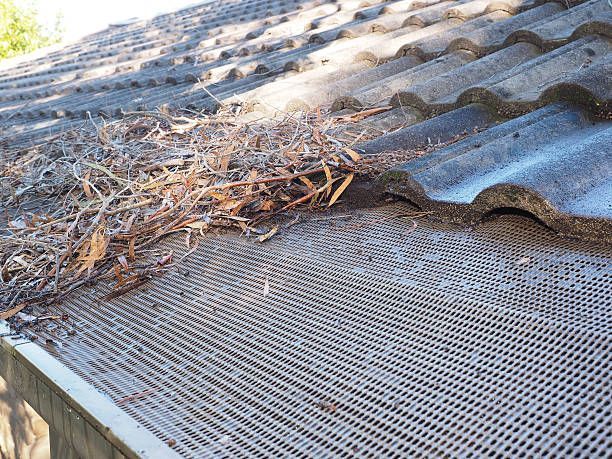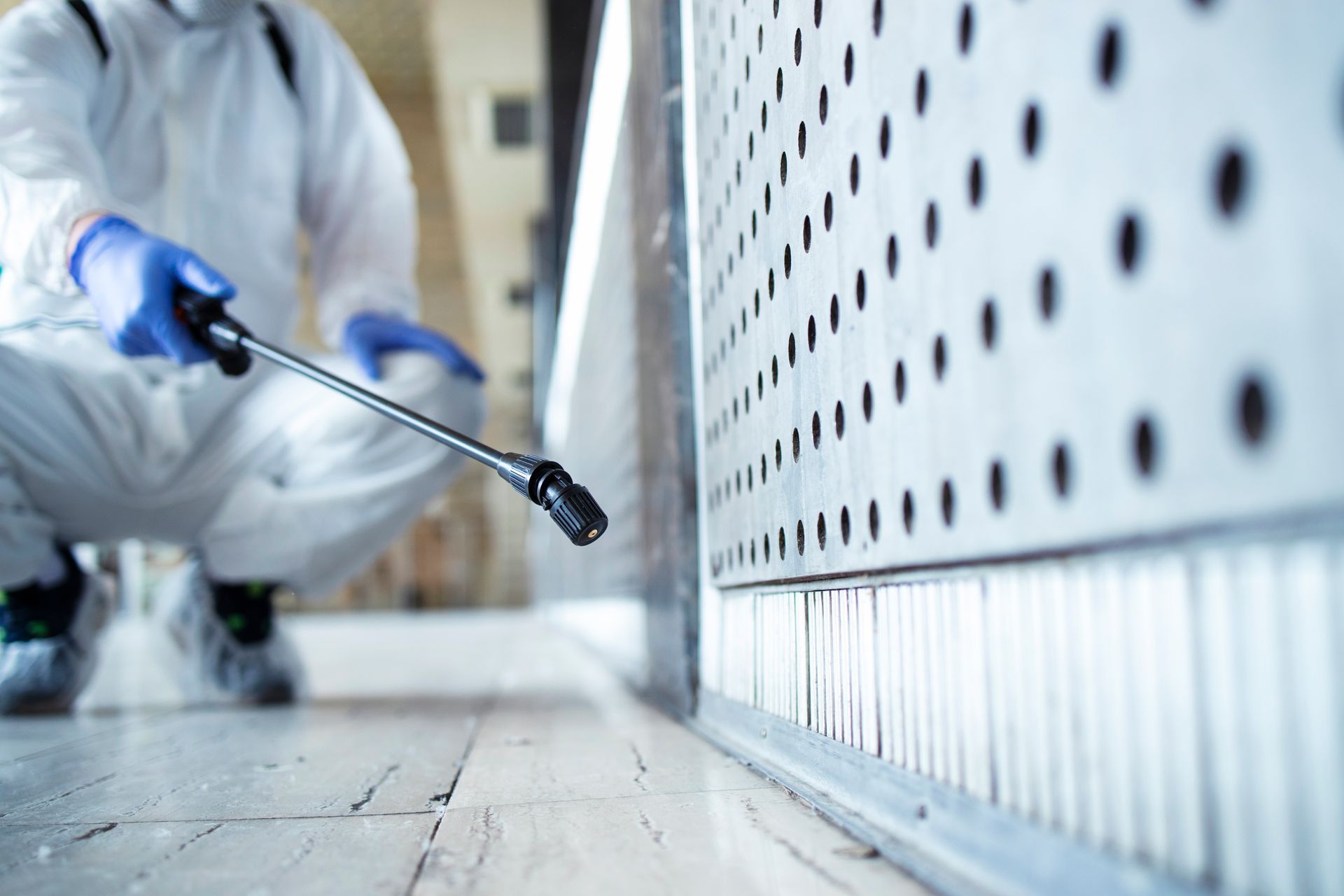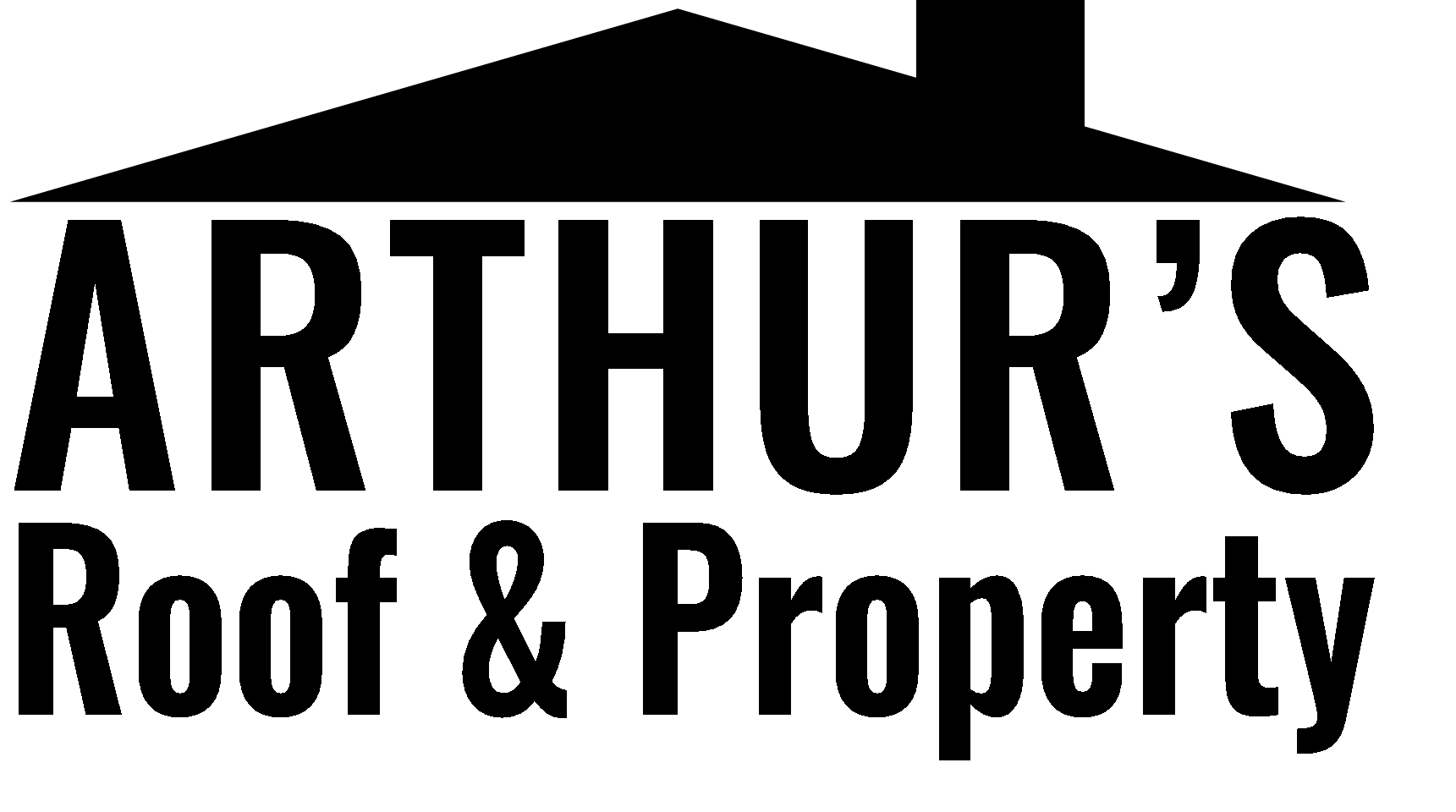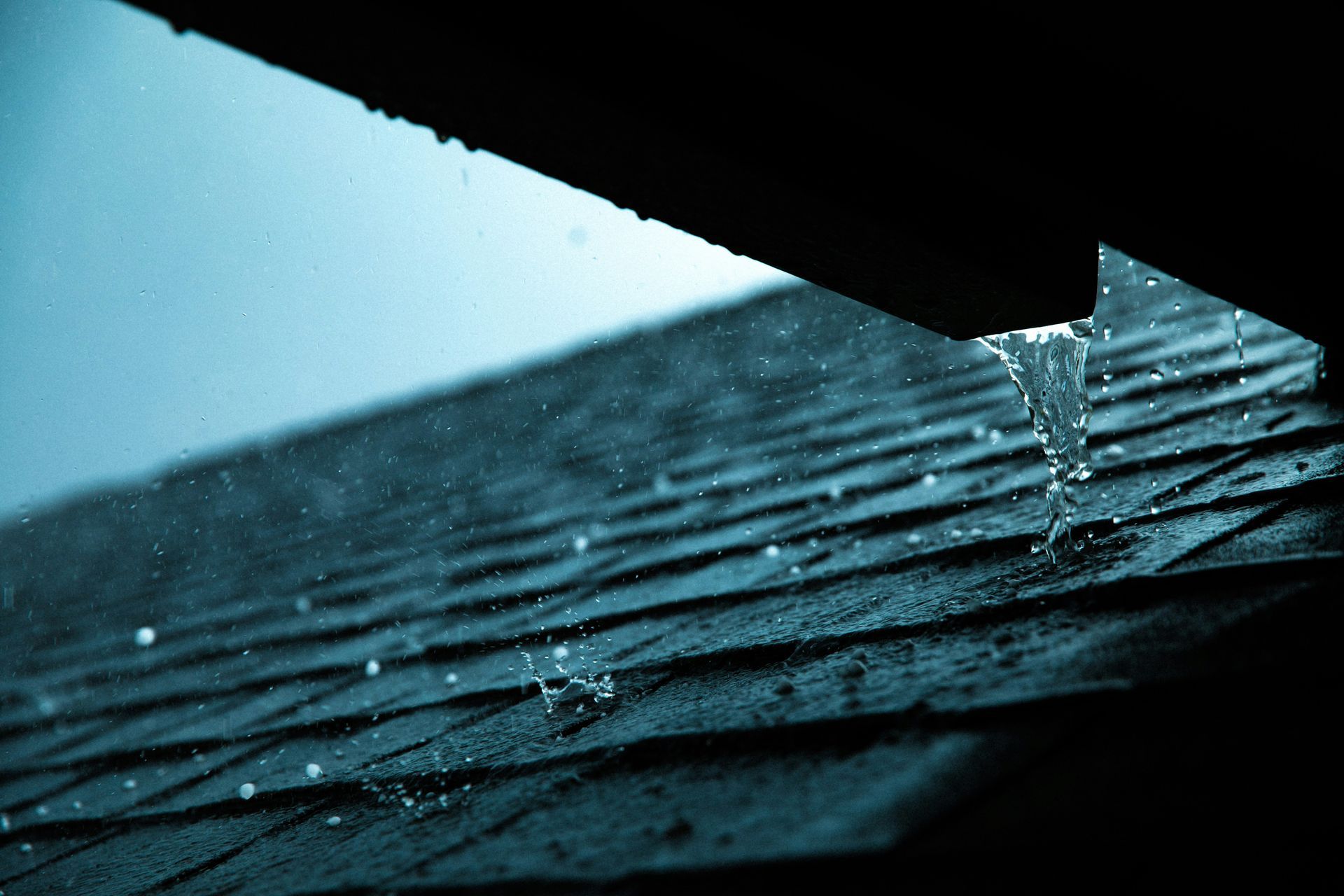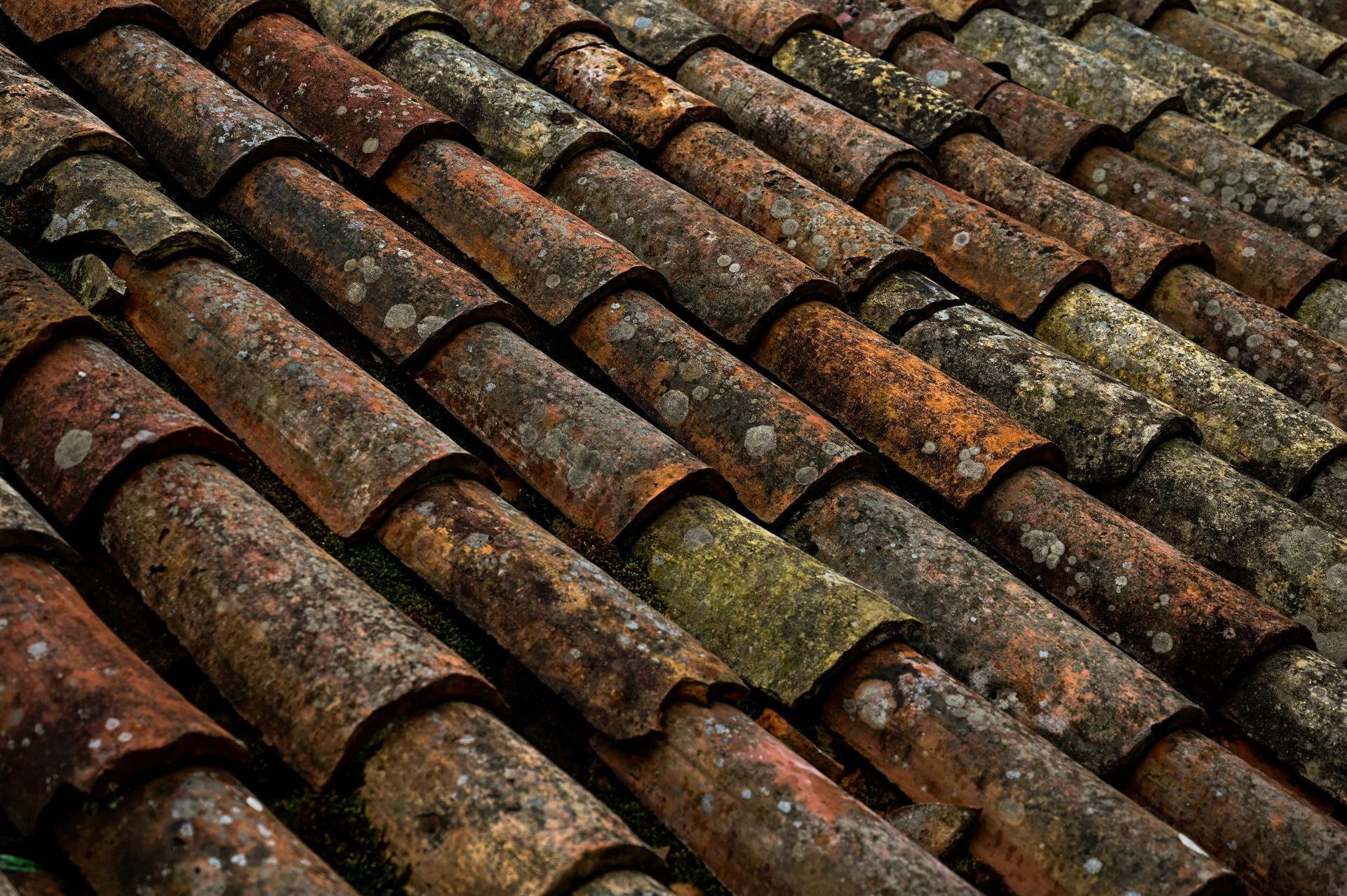How to Prevent Termite and Costly Damage to Your Property

Termites can pose a significant threat to homes and buildings, leading to extensive damage and costly repairs if left unchecked. These destructive pests are often referred to as “silent destroyers” due to their ability to consume wood and other materials without immediate signs of damage. Fortunately, there are effective strategies to prevent termite infestations and protect your property. This guide will delve into practical pest control measures to help you avoid costly termite damage.
Understanding the Termite Threat
Before diving into pest control prevention strategies, it is essential to understand the nature of termites. These insects primarily feed on cellulose, found in wood, paper, and other organic materials. In New Zealand, two main species are commonly found: the native wood-eating termite and the introduced subterranean termite. Both types can cause significant structural damage if not addressed promptly. Termites can live in colonies numbering in the millions, making them a formidable foe for any property owner.
A single colony can eat through a substantial amount of wood in a year, leading to compromised structural integrity. It’s crucial to recognise the signs of termite activity, including discarded wings, mud tubes, and hollow-sounding wood. By understanding the termite threat, property owners can be more vigilant and proactive in their pest control efforts.
Regular Inspections: The First Line of Defence
One of the most effective ways to prevent termite infestations is through regular inspections of your property. Engaging professional pest control services, such as those offered by Arthur’s Roof and Property, can help identify potential termite problems before they escalate. During an inspection, professionals will assess various areas of your property, including:
- Wood Structures: Checking for signs of termite damage in wooden beams, joists, and furniture.
- Foundation and Crawl Spaces: Looking for mud tubes or other signs of subterranean termite activity.
- Moisture Areas: Inspecting places where water accumulation may attract termites, such as leaky pipes or poorly drained gutters.
By scheduling regular inspections, ideally at least once a year, you can detect termite activity early and take corrective action before costly damage occurs. Consistent monitoring is essential in preventing termites from establishing a foothold on your property.
Maintain Your Property’s Perimeter
The exterior of your property plays a crucial role in termite prevention. Keeping the area around your home well-maintained can significantly reduce the risk of infestations. Here are several practical steps to consider:
- Remove Debris: Clear away any wooden debris, such as tree stumps, logs, and fallen branches, from your property. These materials can serve as a food source for termites.
- Soil and Mulch Management: Avoid using mulch made from untreated wood near the foundation of your home. Instead, opt for gravel or rubber mulch, which is less attractive to termites.
- Proper Drainage: Ensure that water drains away from your property’s foundation. Standing water can create an environment conducive to termite activity.
By maintaining the perimeter of your property, you reduce the chances of termites finding their way into your home. This proactive pest control approach not only enhances your property’s appearance but also fortifies it against potential infestations.
Addressing Moisture Issues
Moisture control is vital in preventing termite infestations. Termites are attracted to damp environments, making it essential to manage any sources of moisture around your property. Consider implementing the following pest control strategies:
- Fix Leaks: Regularly inspect your plumbing for leaks and repair them promptly. Even small leaks can create damp conditions that attract termites.
- Proper Ventilation: Ensure your home has adequate ventilation, particularly in attics and crawl spaces. Good airflow can help keep these areas dry and less hospitable to termites.
- Gutter Maintenance: Clean gutters regularly to prevent blockages that can cause water to overflow and pool near your foundation.
By addressing moisture issues, you not only enhance your home's structural integrity but also create an environment less appealing to termites. Implementing these moisture management techniques is a simple yet effective way to prevent termite infestations.
Chemical Barriers & Treatments
For homeowners looking for additional protection against termites, chemical barriers and treatments can be a valuable option. Consulting with pest control professionals is essential to determine the best course of action for your property. Here are some commonly used methods:
- Liquid Termiticides: These chemicals are applied to the soil around your home’s foundation to create a barrier that deters termites from entering. This treatment needs to be reapplied periodically to maintain effectiveness.
- Baiting Systems: Bait systems can be installed around your property to attract and kill termites. These systems can help monitor termite activity and provide a proactive approach to pest management.
When considering chemical treatments, it is crucial to work with licensed professionals who can recommend safe and effective products. By integrating chemical barriers into your prevention strategy, you can significantly reduce the risk of termite damage.
Educate Yourself & Your Family
Finally, educating yourself and your family about termite prevention is crucial in safeguarding your property. Knowledge is your best defence against these pests. Here are some steps to consider:
- Recognise Signs of Infestation: Familiarise yourself with the signs of termite activity, such as mud tubes and damaged wood. Early detection is key to preventing costly damage.
- Discuss Prevention Strategies: Have conversations with your family about the importance of maintaining a termite-free home. Encourage everyone to be vigilant and report any signs of pests.
By fostering a culture of awareness and proactive behaviour regarding termite prevention, you empower your family to take part in safeguarding your home. Understanding the risks and prevention measures can significantly reduce the likelihood of termite infestations.
Book Pest Control Services Now
Termites can cause substantial damage to your property if left unchecked. However, by implementing effective prevention strategies, you can protect your home from these silent destroyers. Regular inspections, maintaining your property’s perimeter, addressing moisture issues, considering chemical treatments, and educating your family are essential steps in preventing termite infestations.
By taking proactive measures and working with professionals, such as those at Arthur’s Roof and Property, you can safeguard your investment and avoid the costly damage that termites can inflict. Remember, prevention is always better than cure when it comes to protecting your property from termites. Get in touch now.
